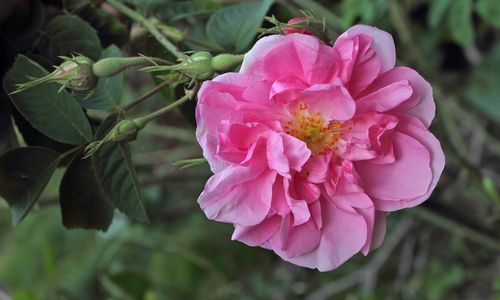Introduction
After weeks or months of careful layering, turning, and monitoring, the reward is ready—finished compost. Harvesting is the final step in the composting cycle, giving you a nutrient-rich amendment to feed your garden, pots, and landscape. Knowing when and how to harvest ensures you get the best quality compost while keeping your system active for future batches.
How to Recognize Finished Compost
- Color: Dark brown to almost black.
- Texture: Crumbly, soil-like consistency that falls apart easily.
- Smell: Pleasant, earthy aroma—no foul or sour odors.
- Materials: Original scraps and leaves should no longer be recognizable, except for a few stubborn items like corn cobs or eggshells.
Steps to Harvest Compost
- Stop adding fresh scraps: Allow the pile or tumbler to finish breaking down for 2–4 weeks without new inputs.
- Check readiness: Use the “smell and look” test—dark, crumbly, earthy-smelling compost is ready.
- Screen if desired: Pass compost through a mesh or screen to remove large chunks. This gives you a finer texture for seed starting or potting mixes.
- Return large bits: Twigs, eggshells, or woody pieces can go back into the bin to decompose in the next cycle.
Using Your Compost
- Garden beds: Spread 2–5 cm as a top dressing or work lightly into the soil.
- Containers: Mix 10–20% compost into potting soil to boost fertility and water retention.
- Lawns: Sprinkle a thin layer across grass to improve soil and microbial activity.
- Compost tea: Brew with water and aeration for a liquid fertilizer.
Tips for Success
- Harvest compost on a dry day to make screening and handling easier.
- Always wear gloves when handling unfinished material.
- Keep a portion of older compost as an “inoculant” to jumpstart microbial activity in new piles.
Quick Summary
Finished compost is dark, crumbly, and earthy-smelling. Screen it for finer texture if needed, and return large pieces to the bin to continue breaking down. Once harvested, your compost is ready to enrich garden beds, pots, lawns, or to be brewed into compost tea.







